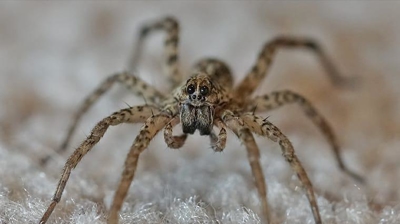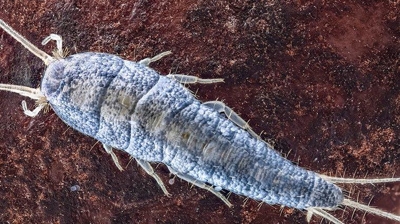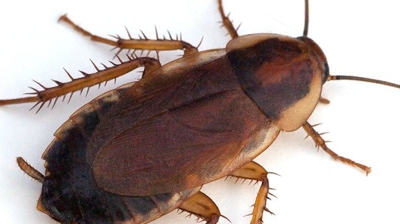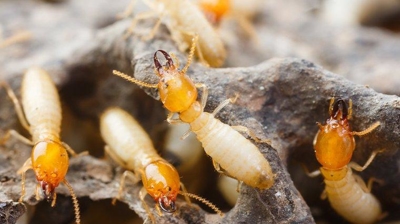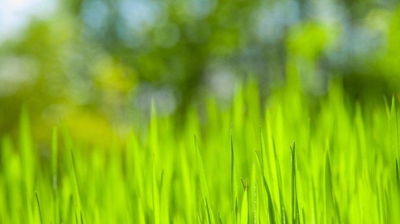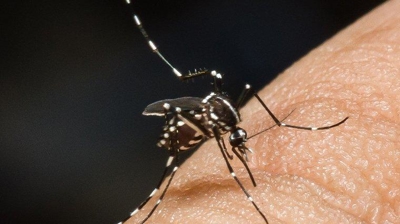
Rodents
What are rodents?
Having rodents living in or around your home is unpleasant at best, and dangerous at worst. Rodents are part of the order Rodentia which means “to gnaw” and is what these furry creatures are known for. All rodents, no matter the species, have incisors that continuously grow and constantly need to be filed down to remain manageable.
There are about 1,500 rodent species worldwide, most of which are found living outside and away from people. However, many of those rodent species have discovered the benefits of living in close quarters with people near our homes and businesses. Being prolific breeders means once these pests set their sights on a property, they can quickly take it over. Some of the most common species of rodents that we deal with regularly include house mice, field mice, voles, and Norway rats:
Are rodents dangerous?
Rodents are dangerous pests; they pose health risks to people, damage property, and cause various other problems. In homes and other structures, rodents chew through and damage various structures and other items including wires, pipes, drywall, walls, wood trim, flooring, furniture, clothing, appliances, etc.
Other issues rodents present after deciding to nest or forage for food within our home’s walls include:
- Spreading salmonella, E. coli, rate-bite fever, hantavirus, lymphocytic choriomeningitis, leptospirosis, and many other disease-causing pathogens.
- Contaminating food and surfaces with their waste and saliva.
- Introducing fleas, ticks, mites, and other parasites into your yard and home.
- Causing short circuits, fires, water damage, and mold issues.
- Invading and damaging cars, lawnmowers, and other equipment stored in sheds and garages.
Why do I have a rodent problem?
Types of Rodents
Explore the different common rodents in our area!
Have questions? We are here to help. Still have questions or can't find the answer you need? Give us a call at 844-512-7378 today!
-
Field MiceField mice, also called deer mice, are stout rodents with brown or tan fur and white bellies, legs, and feet; their short furred tails are bi-colored, dark on top, and light underneath. Adult field mice grow between 5 and 8 inches long.
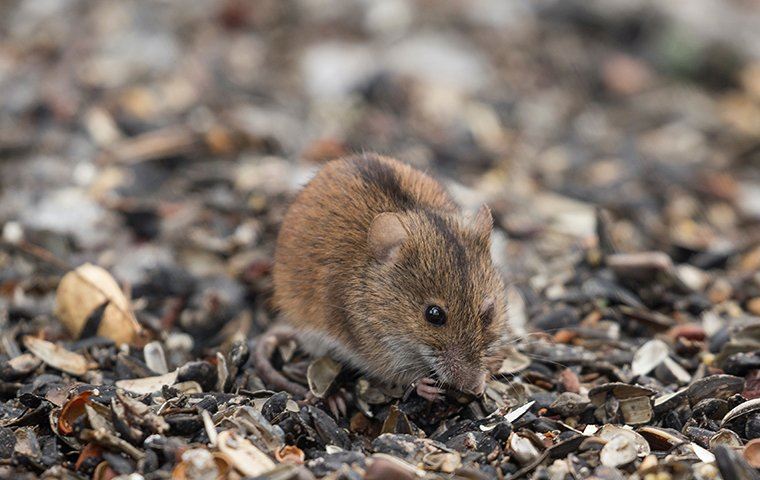
-
House MiceHouse mice have oval-shaped bodies covered in dusty gray, brown, or black colored fur and have lighter cream-colored bellies. They have large ears, long skinny tails covered in a light layer of velvety fur, and grow to 2 1/2 - 3 3/4 inches in length.
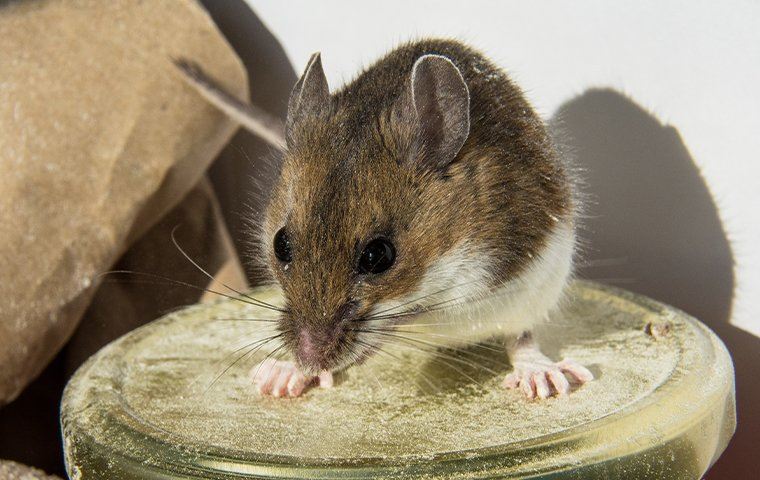
-
Norway RatsNorway rats have a dense body covered in brown fur with black hairs scattered throughout. Their belly is lighter in color than the rest of their body. Norway rats have a blunt nose, small ears, and black eyes that protrude from the head.
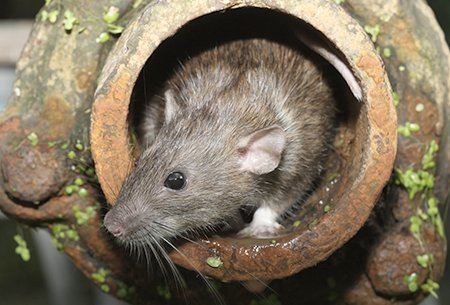
-
VolesVoles have a small, stocky body with short legs and a short tail. Fur covers their ears, keeping them hidden from view, and their body is covered in chestnut-brown or black fur. Blunt snouts and chisel-shaped front teeth help to identify voles.
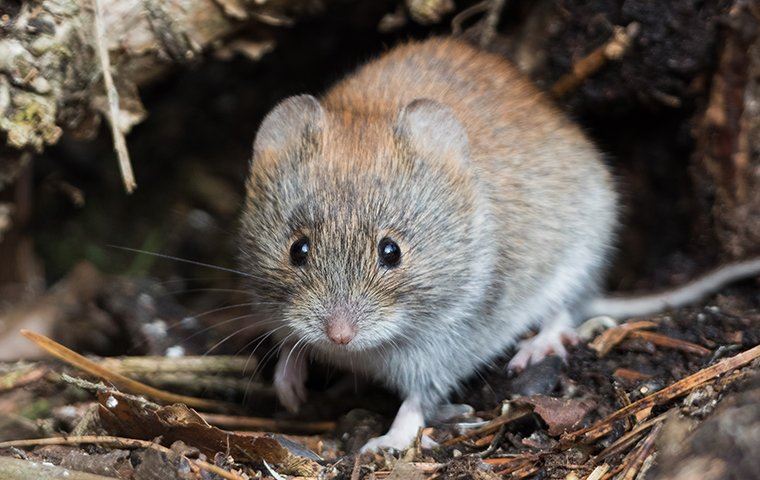

Why Choose White Knight Pest Control?
-
Expansive Service AreaWe have local offices in several states ensuring accessibility to quality pest control wherever you are!
-
18+ Years in BusinessOur goal as a business continues to be building trusting relationships with our customers & local communities.
-
Customized Treatment PlansEvery home and business is unique! We will tailor a pest control plan to fit your specific needs and budget.
-
Pest Specific Treatment OptionsWhether you're looking for general pest control or targeting one pest specifically, we've got you covered.
How Can I Prevent Rodents in the Future?
At White Knight Pest Control, we'll help you prevent problems with rodents using our regular treatments. In conjunction with our comprehensive rodent control services, the following prevention tips will help you keep rodents out of your Texas, Utah, Arizona, Colorado, or Oklahoma home!
- Eliminate hiding spots: Plant shrubs, bushes, and other landscaping at least two feet from your home. Remove clutter from your yard. Keep storage areas in your home free of clutter. Keep shed and garage doors closed whenever possible. Store items in your home in plastic containers with locking lids, not cardboard boxes.
- Eliminate entry points: Seal cracks in the foundation or exterior walls of your home. Place door sweeps on exterior doors and replace worn weather stripping. Use steel wool to seal spaces around wires and pipes leading into your house. Place covers over vents and drains. Repair damaged trim around doors. Stack firewood up off the ground and away from your home.
- Eliminate food sources: Keep lids on trash cans and compost bins. Store pet food in metal containers with lids and pick up uneaten pet food every evening. Remove bird feeders from your yard. Don’t feed wild animals. Inside, take out the trash and wash dirty dishes daily. Store leftover food in containers with airtight lids or the refrigerator. Make sure to pull out large appliances from the wall and clean behind and underneath them regularly. Limit eating to certain areas of your home to help reduce crumbs.
Helpful Rodent Articles
- Buda's Complete Guide To Effective Rat Control
- A Step-By-Step Rodent-Control Guide For Salt Lake City Property Owners
- A Guide To Effective Rat Control For Phoenix Property Owners
- Answering Salt Lake City's Most Commonly Asked Mouse Questions
- Fort Worth's Handy Guide To Effective DIY Rodent Control
- The Key To Effective Vole Control In Salt Lake City
- The Key To Effective Vole Control In San Antonio
- Phoenix's Ultimate Rodent Control Guide
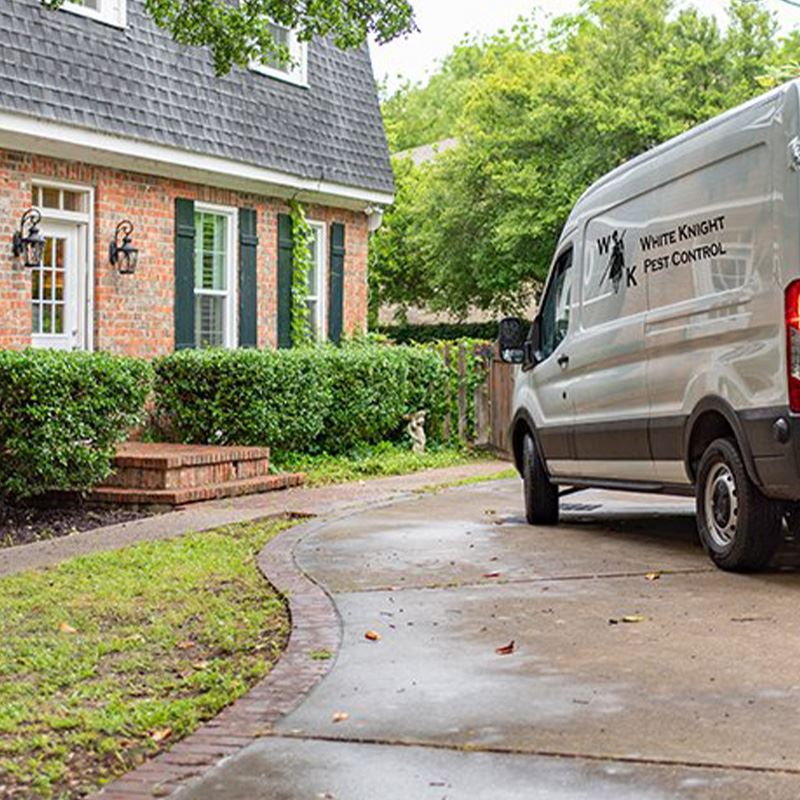
What Our Customers Are Saying
-
"Our technician was Mark and he was very polite, asked questions and did an excellent job doing the service."
Our technician was Mark and he was very polite, asked questions and did an excellent job doing the service. Thank you.
Bill Tefft -
"They are professional, but super friendly and their services are priced wonderfully."
Forest was very kind and professional. He did the work that was explained to us the previous appointment and made sure ...
Lori Bonine -
"Thank you, White Knight!"
Great service! Alex S helped out and he was really efficient, fast and extremely nice and polite. Thank you, White Knight!
Michael Leach -
"Great service!"
Great service! Alex S. helped out and he was really efficient, fast, and extremely nice and polite. Thank you, White Knight!
Eliot Garcia -
"He listened to my concerns, answered my questions, walked me through what he did and how it was going to help resolve our ant issue."
We've been working with White Knight for a few months now. I appreciate that when I called to get a reservice to address an ...
Christine Rominski -
"Tyrell did an amazing job when he came to service our house."
Tyrell did an amazing job when he came to service our house. He took his time and was very informative about the ant hills we ...
Rodin Chery -
"Hope service continues to be this great!"
Aaron showed up to do my first-ever treatment today. He was very kind and I was completely comfortable letting him into my ...
Cortney Love -
"Highly recommend."
Shannon is a very personable technician. Thorough and well-mannered person. Highly recommend. Great job!!!
Hector Suarez
Recent Blog Articles
View our blogs and resources below.
-
 Denver, CO Homeowners' Ultimate Spider Control GuideRead More
Denver, CO Homeowners' Ultimate Spider Control GuideRead More -
 Six Easy & Effective Silverfish-Prevention Tips For San Antonio Property OwnersRead More
Six Easy & Effective Silverfish-Prevention Tips For San Antonio Property OwnersRead More -
 Effective American Cockroach Control In Salt Lake CityRead More
Effective American Cockroach Control In Salt Lake CityRead More -
 What Not To Do About Termites On Your Fort Worth, TX PropertyRead More
What Not To Do About Termites On Your Fort Worth, TX PropertyRead More -
 The Damage Weeds Can Do To Your Salt Lake City LawnRead More
The Damage Weeds Can Do To Your Salt Lake City LawnRead More -
 Four Signs Your Houston Home Has A Bed Bug ProblemRead More
Four Signs Your Houston Home Has A Bed Bug ProblemRead More -
 The Trick To Effective Centipede & Millipede Control In Your Denver HomeRead More
The Trick To Effective Centipede & Millipede Control In Your Denver HomeRead More -
 A Handy Guide To Mosquito Prevention For Phoenix Property OwnersRead More
A Handy Guide To Mosquito Prevention For Phoenix Property OwnersRead More
